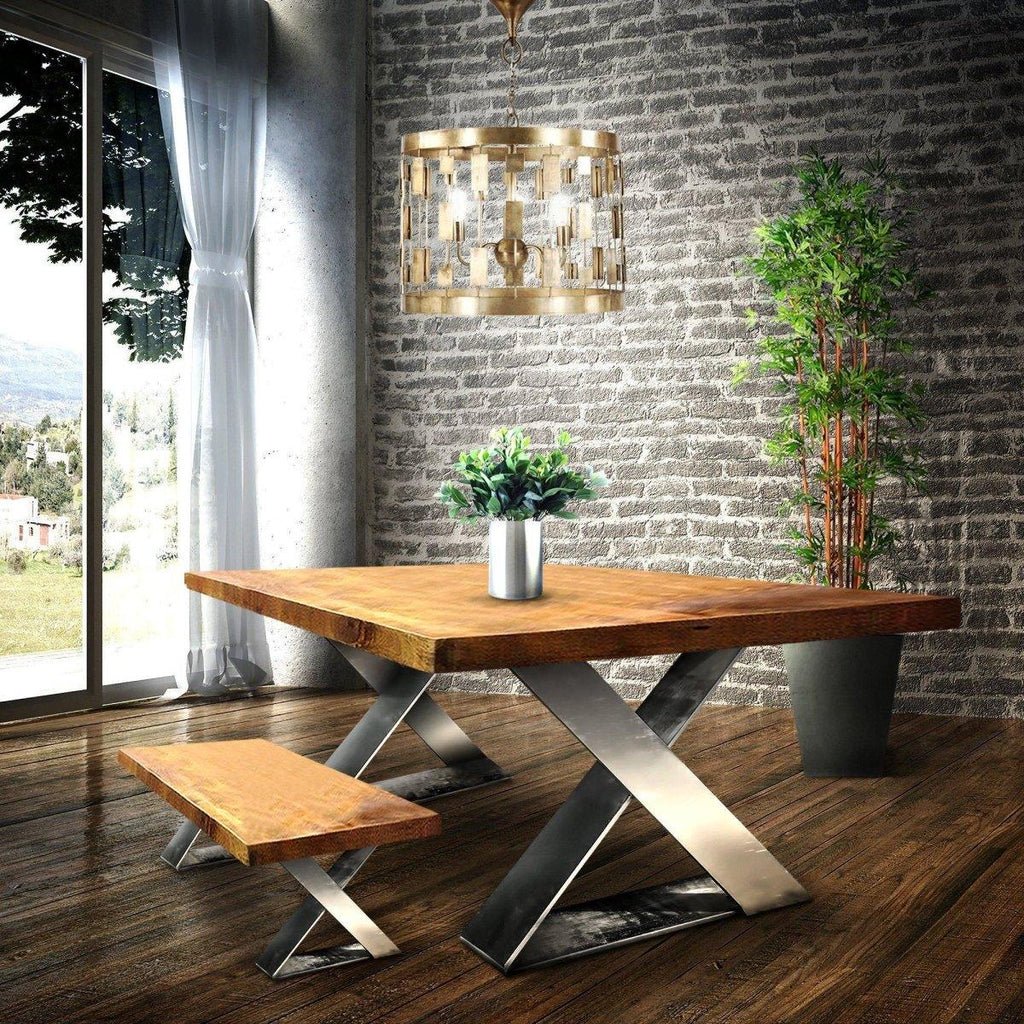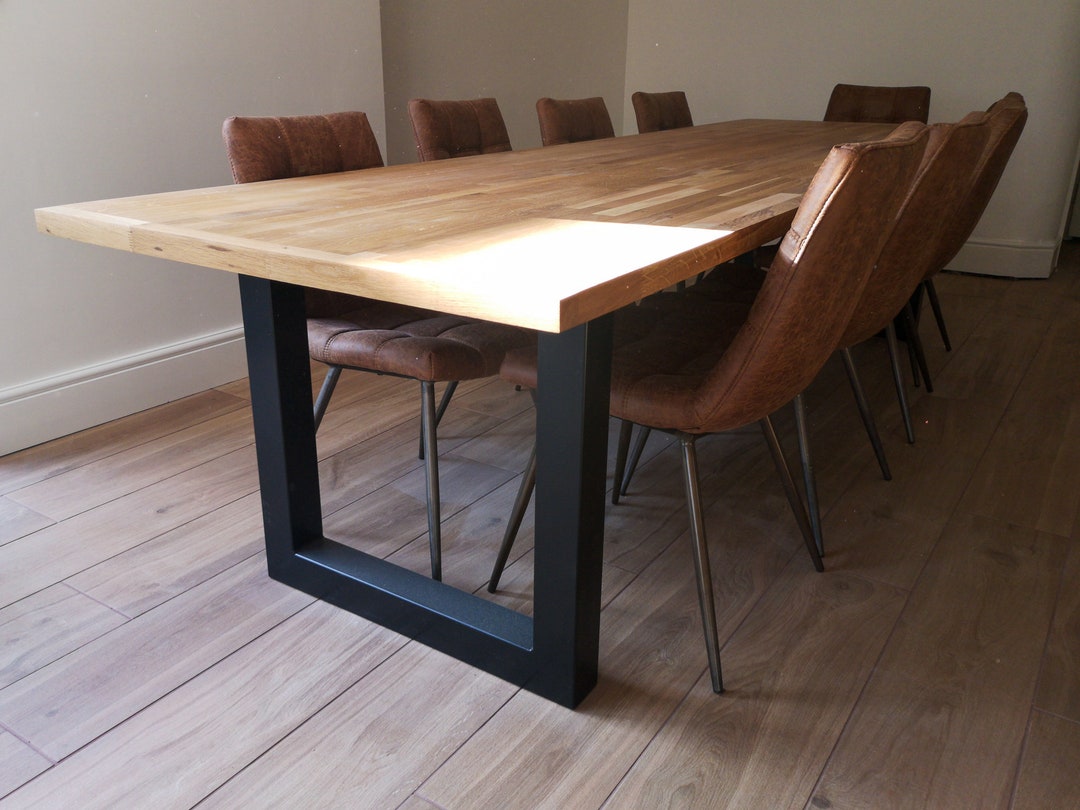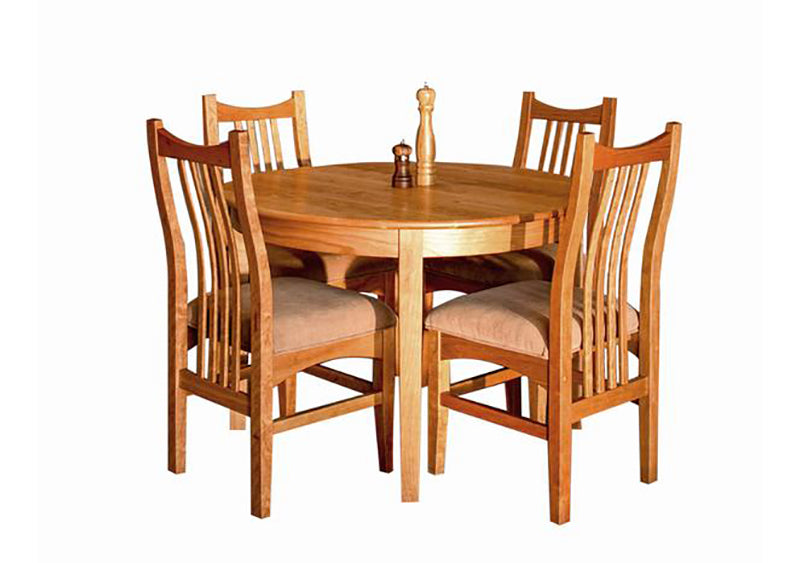Unique Dining Room Table Legs That Will Elevate Your Dining Area
Unique Dining Room Table Legs That Will Elevate Your Dining Area
Blog Article
Expert Tips for Installing Dining-room Table Legs for Maximum Security
When it comes to installing dining area table legs, achieving optimum security is critical for both capability and visual appeals. What details techniques can improve security also better?
Select the Right Legs
When choosing the ideal legs for your dining space table, it is vital to consider both performance and aesthetics. The legs you select will substantially influence the overall design and stability of the table. Assess the table's intended use; if you expect constant celebrations, tougher legs, such as those made from strong wood or metal, may be much more suitable, as they offer enhanced durability and support.
Basic dining tables commonly vary from 28 to 30 inches in height, so ensure the legs straighten with this requirement for comfort. Conical legs can add a modern touch, while turned legs might communicate an extra classic visual.

Select Appropriate Equipment
Just how can the best equipment boost the stability and durability of your dining-room table? The choice of ideal hardware is important to ensuring that the legs of your table are safely connected and able to withstand regular use. High-quality screws, bolts, and braces give the necessary stamina to sustain the weight of the table, along with any kind of additional loads put upon it during dishes or events.
When picking screws, go with those made from durable materials such as stainless steel or brass, which withstand rust and keep integrity in time. The length of the screws is equally vital; they ought to pass through deeply right into the table's framework without compromising integrity. For bolted connections, consider using lock washing machines to prevent loosening as a result of resonance or activity.
In addition, making use of edge brackets can include added support, especially for bigger tables or those with much heavier tops. These brackets disperse weight uniformly and help maintain the table's form. Guaranteeing that the hardware you pick is proper for the particular materials of your table will certainly even more enhance its total stability and long life, enabling you to enjoy your eating experience for years ahead.
Ensure Appropriate Alignment
Correct positioning of dining-room table legs is important for both visual charm and useful stability. Misaligned legs can lead to an unequal tabletop, which might not just be visually uninviting but additionally endanger the table's usability. To accomplish optimal alignment, begin by gauging the distance from the table's edges to the leg attachment factors. This ensures that each leg is located equidistant from the sides, producing a well balanced look.
Utilize a level throughout installment to verify that each leg is perpendicular weblink to the table top. This action is essential, as also small discrepancies can intensify right into substantial stability issues gradually. It is advisable to mark the preferred leg placements on the bottom of the table with a pencil or masking tape before you could look here protecting them. This method functions as an aesthetic overview, permitting adjustments as needed.
In addition, verify the alignment after the preliminary screws are tightened, as modifications might be needed before fully securing the hardware. By prioritizing proper alignment, you not just boost the table's total layout yet additionally make certain that it continues to be secure and useful for many years to find.

Think About Weight Distribution
After guaranteeing proper positioning of the dining-room table legs, it is essential to take into consideration weight circulation to enhance security and performance. dining room table legs. Proper weight circulation is important in avoiding tottering and making sure that the table can support its desired tons without threat of tipping or breaking down
When positioning the legs, guarantee they are placed at equivalent distances from the center of the table to evenly distribute the weight throughout the structure. Take into consideration the weight of the tabletop and any kind of products that will often hinge on it, such as tabletop appliances or decorative pieces. Tables with much heavier surface areas should ideally have legs located closer to the edges, as this optimizes the base of support and minimizes the threat of instability.
In addition, if the table is intended for usage in a high-traffic location, think about using much heavier products for the legs or adding maintaining aspects, such as cross-bracing or a reduced rack - dining room table legs. These modifications can assist maintain equilibrium and protect against shifting during usage. Inevitably, a well-considered weight distribution method will dramatically improve the table's overall efficiency, ensuring it remains a attractive and practical centerpiece for your dining area
Test Stability Prior To Usage
Examining the security of the dining area table prior to use is an essential step that needs to not be neglected. If the table shows instability, determine the legs or joints that may require change.
Following, check that all screws and fasteners are tightened correctly. Loose links can bring about instability and prospective damages gradually. If required, use timber glue on joints to improve stability, making certain to allow ample you can find out more drying out time.

Verdict
Finally, the setup of dining-room table legs calls for cautious factor to consider of products, weight, positioning, and hardware distribution to achieve maximum security. By choosing top notch bolts and durable legs, making certain specific positioning, and dispersing weight evenly, the structural honesty of the table can be considerably improved. Conducting a security examination prior to regular usage further ensures that the table will stand up to daily stress, thus providing a dependable and secure dining experience.
When it comes to installing eating space table legs, attaining optimum stability is extremely important for both functionality and aesthetic appeals. The legs you pick will significantly impact the total style and stability of the table (dining room table legs). Conventional dining tables typically vary from 28 to 30 inches in height, so make sure the legs straighten with this criterion for comfort.Appropriate placement of eating area table legs is important for both aesthetic allure and functional security.In conclusion, the installment of eating area table legs requires careful consideration of products, alignment, equipment, and weight circulation to achieve maximum security
Report this page